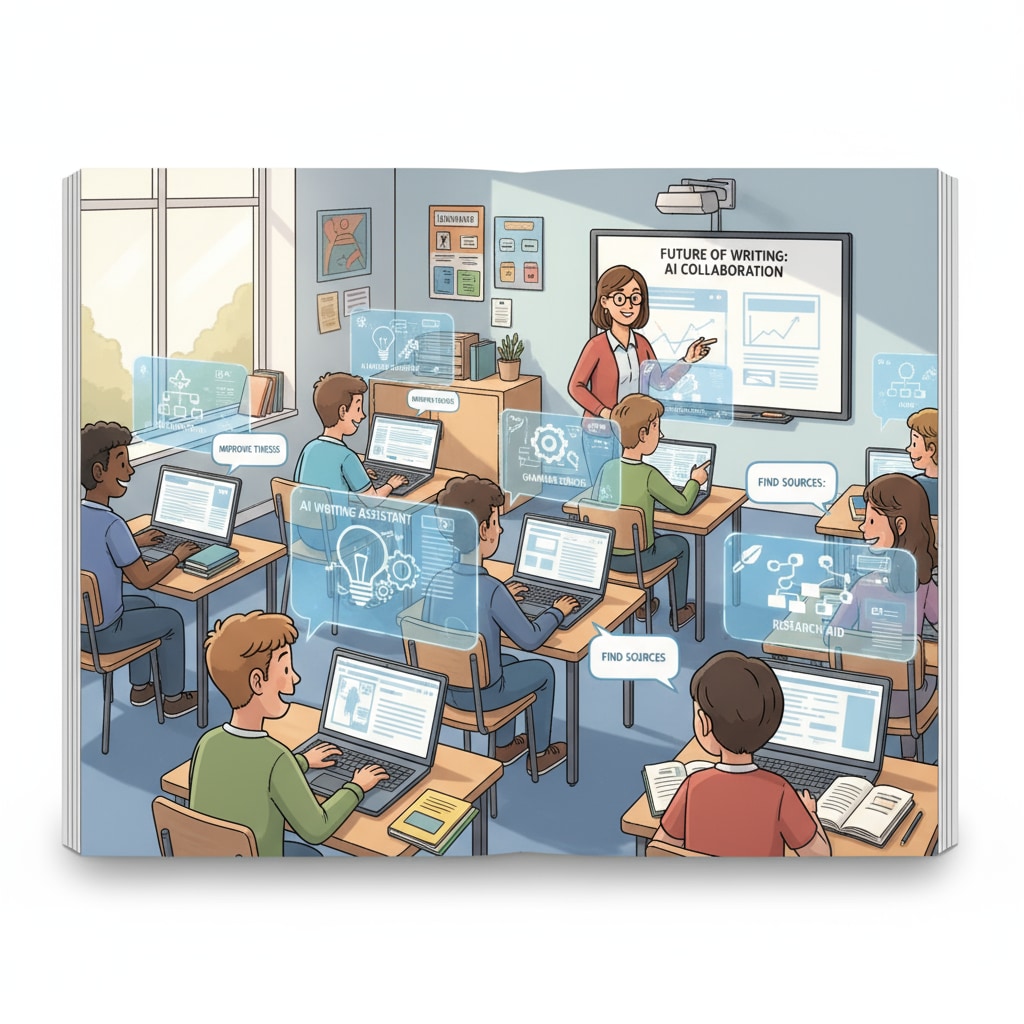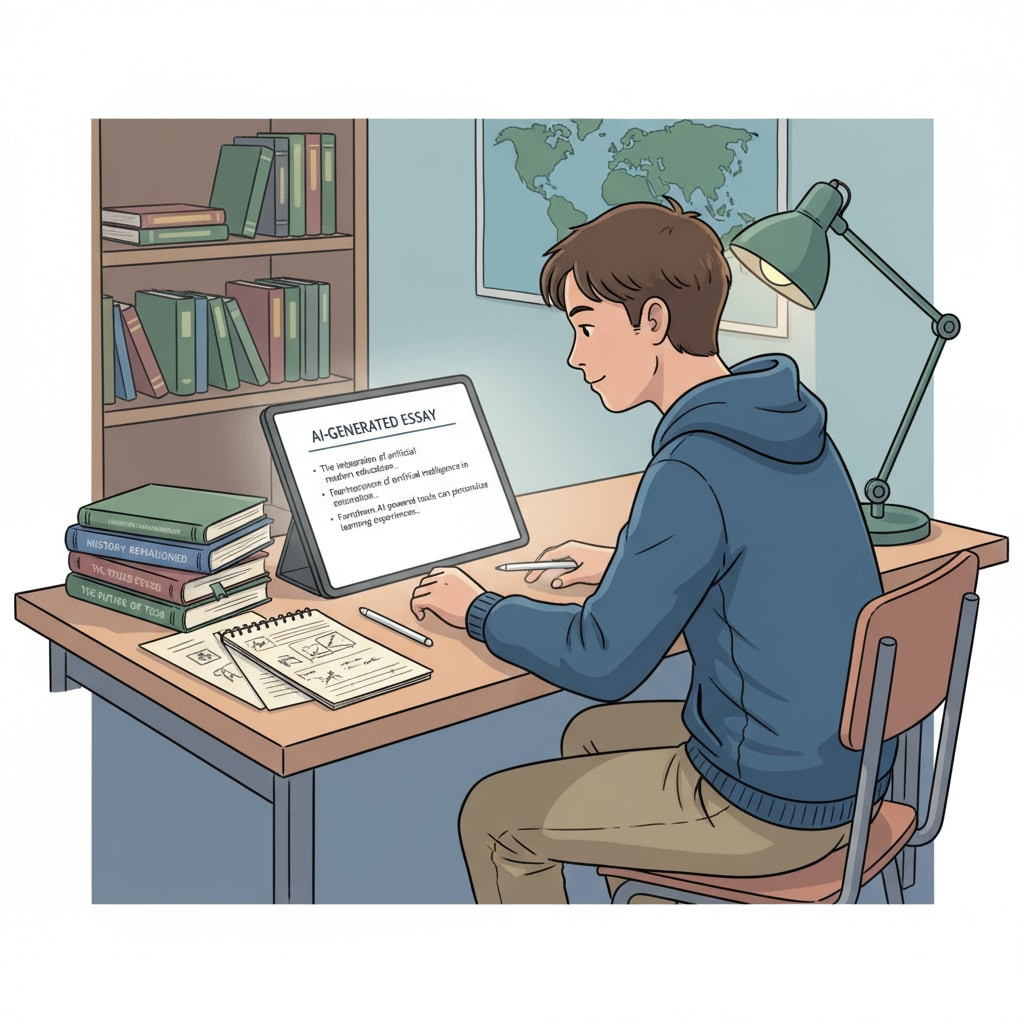In the age of artificial intelligence, the issues of student writing, educational objectives, and assignment authenticity have become a hot topic of discussion. As AI technology becomes more and more prevalent in the field of education, teachers are constantly facing the challenge of ensuring the authenticity of student assignments, which in turn triggers profound reflections on the essential purpose of education.

The Impact of AI on Student Writing
AI has brought about a revolutionary change to student writing. Tools like grammar checkers, plagiarism detectors, and even AI writing assistants are now readily available. For example, some AI writing tools can generate entire essays based on given topics. This has made it easier for students to complete writing tasks, but at the same time, it has also raised concerns about the authenticity of their work. According to Artificial intelligence in education on Wikipedia, the use of AI in writing has blurred the line between what students truly create and what is generated by machines.

Challenges to Assignment Authenticity
Teachers are now in a difficult position when it comes to determining the authenticity of student writing. With AI writing tools becoming more sophisticated, it is becoming increasingly difficult to tell whether a piece of writing is the student’s original work. In addition, some students may be tempted to use AI to complete their assignments, bypassing the learning process. This not only undermines the integrity of the educational system but also fails to achieve the educational objectives of improving students’ writing skills. As stated in Education on Britannica, education should be about the development of students’ abilities and knowledge, not just the completion of assignments.
However, it’s important to note that simply banning AI tools may not be the best solution. Instead, educators need to find a way to balance the use of AI and the requirement for authentic student writing. This could involve teaching students how to use AI as a learning tool rather than a shortcut to complete assignments. For example, students can use AI to get inspiration, improve grammar, and organize their thoughts, but they should still be responsible for the overall content and creativity of their writing.
Readability guidance: The impact of AI on student writing and the challenges to assignment authenticity are significant issues. We need to address them by finding a balance between technology and traditional educational values. Using short paragraphs and clear explanations helps to convey these complex ideas effectively.


